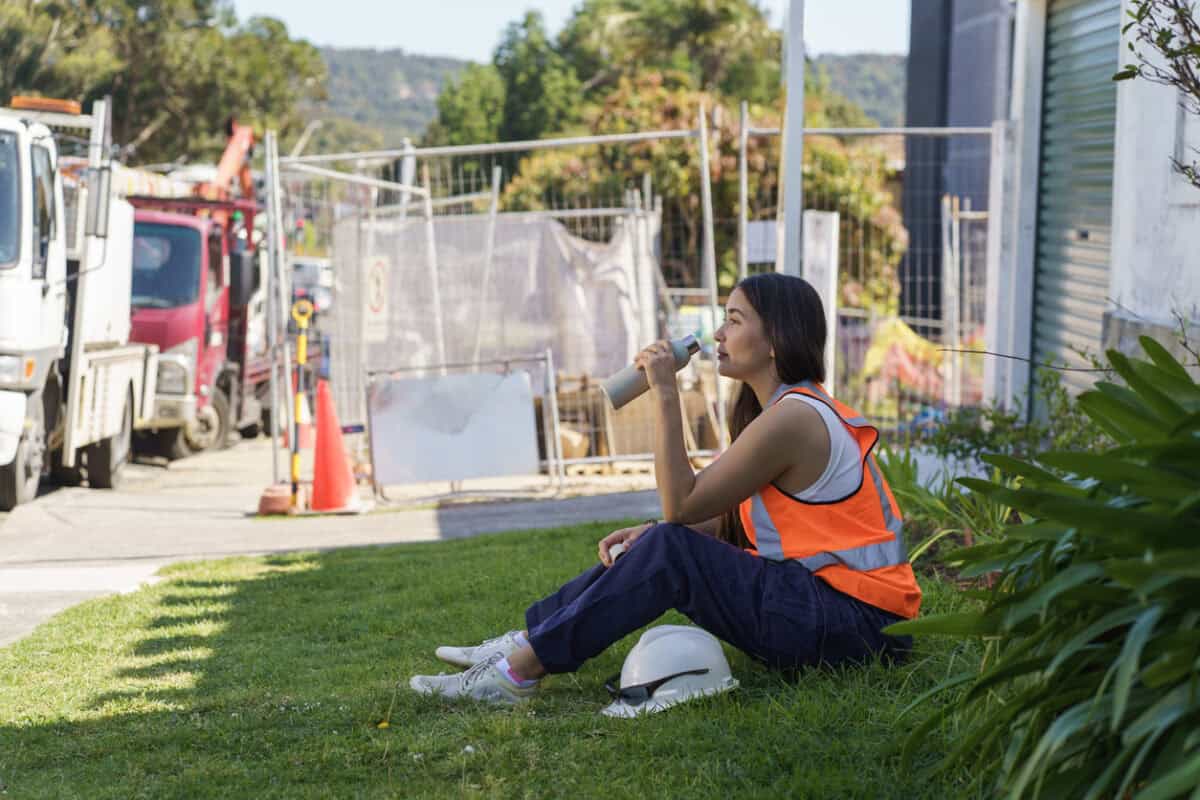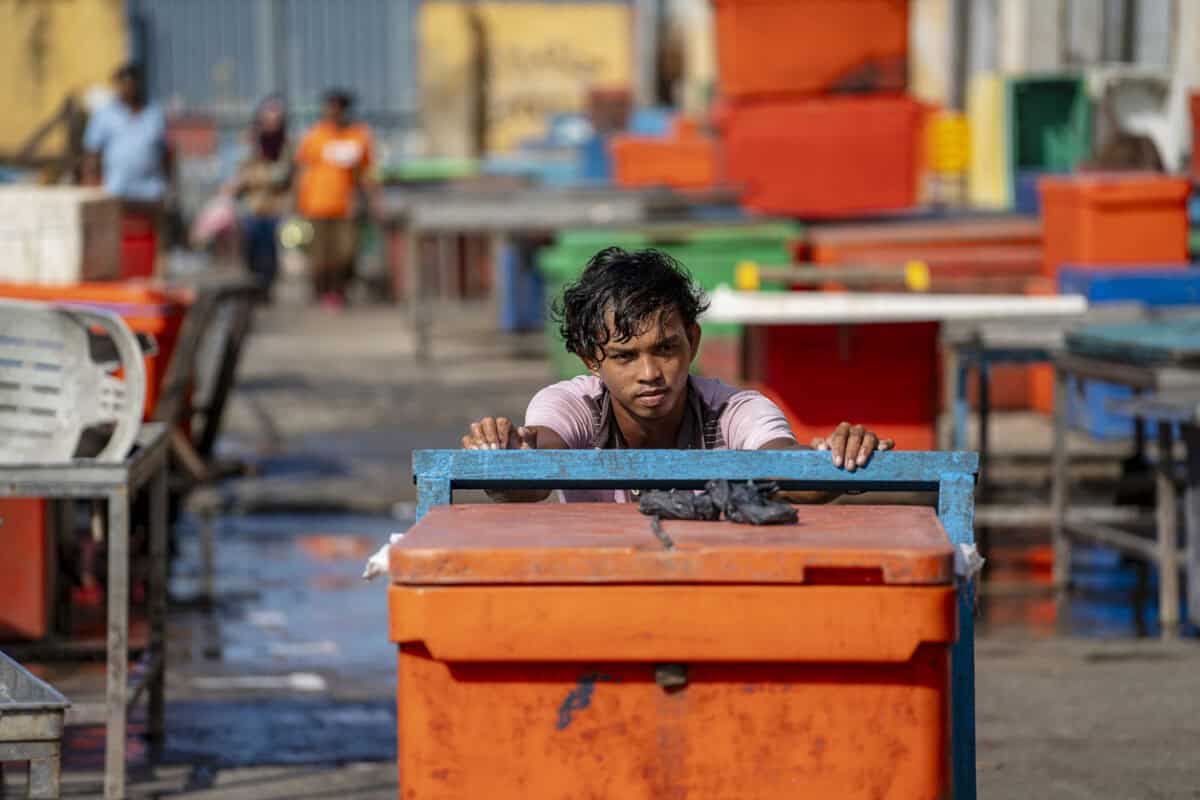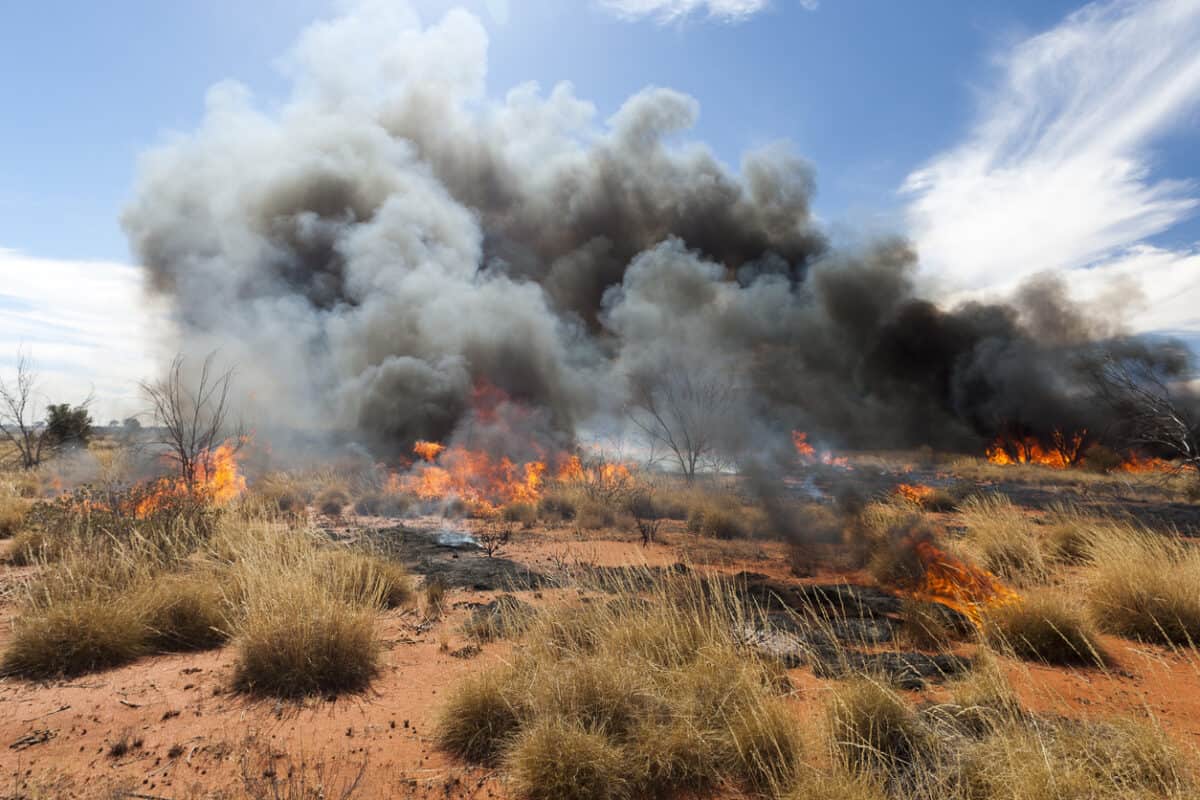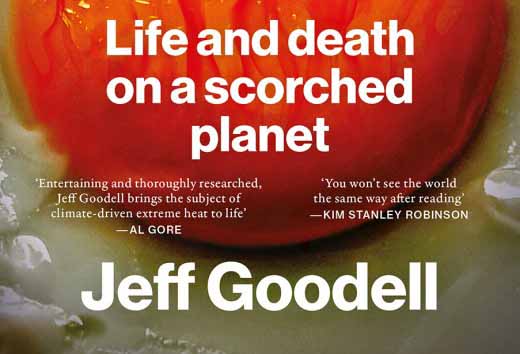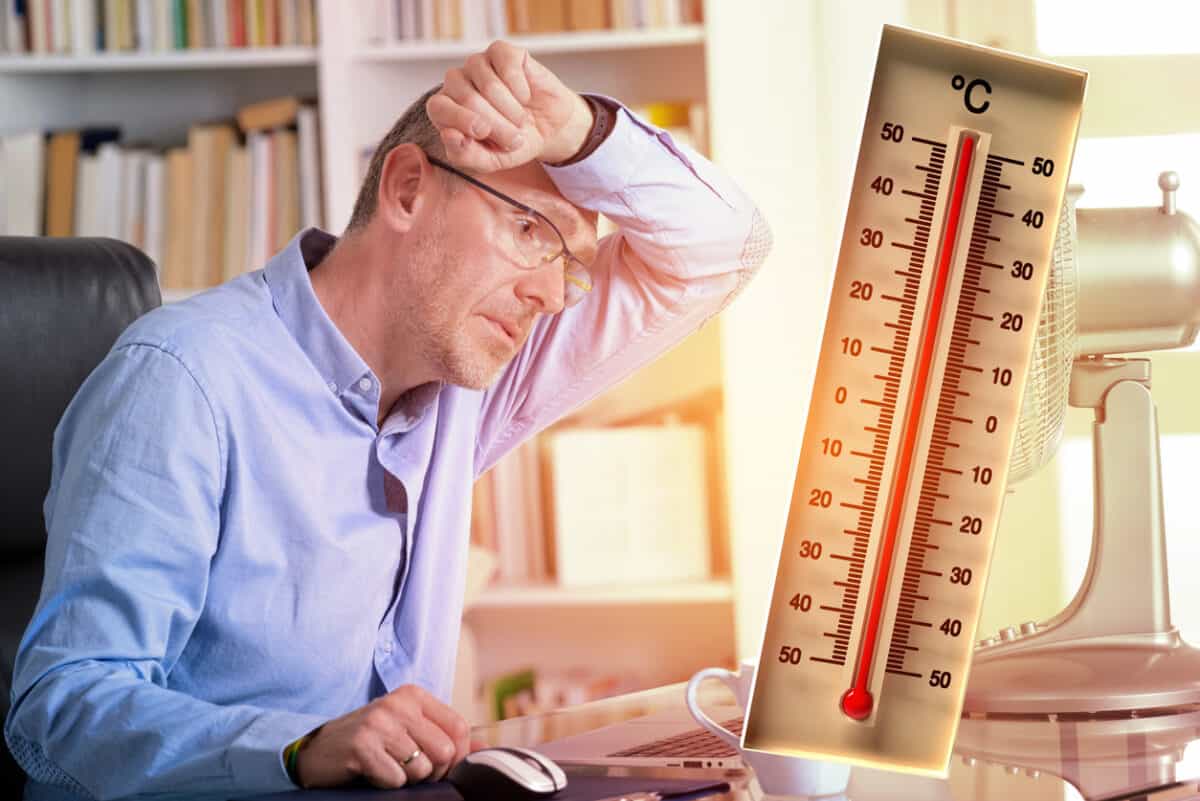In 2021, Safe Work Australia released a model Code of Practice (CoP) for Working in Extreme Heat. The latest iteration of that code was released by the Australian Capital Territory on November 7, 2025. It is greatly expanded and much clearer on the prevention and management of exposures. When companies are claiming “best practice” safety, this CoP is particularly interesting.
Category: climate
My Lovelock Lessons
I have liked James Lovelock ever since I heard about his Gaia Hypothesis in the brilliant English political drama, Edge of Darkness. I am not happy with all of his intellectual positions. I baulk at nuclear power from the unique Australian position of being nuclear-free but still exporting uranium. But as I finish reading the latest biography of him, I am starting to realise what I have learned.
Lessons on management of heat from the Australian Tennis Open
One of the best articles about managing heat exposure at work is by Madi Chwasta of the Australian Broadcasting Corporation, who wrote about the Australian Open tennis tournament.
Tennis is usually played outdoors in summer, at least in Australia. The Australian Tennis Open, held in Melbourne, was heavily promoted and had a high public attendance rate. Some tennis matches are conducted in facilities with retractable roofs, but many others are held on outdoor courts with limited shade and no air conditioning.
World Day of Health and Safety – Climate Change
The need for occupational health and safety (OHS) to adapt to the changing (deteriorating) global climate has long been discussed. This discussion may spike later this month with this year’s World Day of Health and Safety theme, the somewhat fatalistic “Ensuring safety and health at work in a changing climate“. Rather than look closely at the ILO global report on this issue, clearer discussion may be found in the latest edition of HesaMag with its special report on “Workers and the climate challenge” from the European Trade Union Institute.
Working in Heat, and Gwarda
New research into working in excessive heat concisely summarises the socioeconomic impacts but misses the obvious strategies to prevent or diminish these impacts. It also includes impacts on productivity, but heat and climate change are not in the current Australian business group discussions about productivity. Those groups could benefit from understanding Gwarda.
The US take on heat and climate change
Coincidentally, as Europe burns and a little blog in Australia writes about the occupational context of excessive heat, a new book called Heat – Life and Death on a scorched planet was in the bookstores. Jeff Goodell, like so many North American authors, writes for his local readers even though his publishers sell books globally.
However, he does address the occupational health and safety (OHS) impacts of heat and offers some adaptations.
Excessive heat is another reason to redesign work
There seems little doubt that global warming is now a reality. It has been forecast since the 1970s at least, but the fact of creeping change needs a turning point, and it seems that the current Northern Hemisphere Summer is that point. The Southern Hemisphere’s turn is only a few months away.
Few are talking about prevention. Instead, it is adaptation. Those adaptations need to be more than interventions at the individual level, such as increased hydration, wide-brimmed hats and facekinis. Global warming (climate change) has been a developing hazard for a while, contributed to by most countries and owned by none. Employees and customers need to reassess their work-related expectations. Here are some occupational issues and controls that deserve active reflection.

